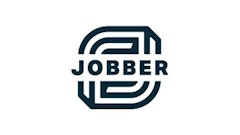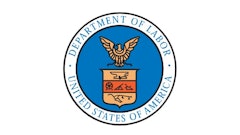
I’ve listened to several contractors who are reconsidering their options for adding capacity to their fleet so they can decrease the time it takes to complete jobs. Today, we have more external factors to consider as we look to increase productivity and maximize returns during the next 12 to 24 months.
Here are three market trends to watch to discern the right purchasing strategy for your next job and budget. Check out these trends to understand if they favor buying, renting or leasing.
Trend No. 1: Margins are being squeezed, so consider a multipronged approach.
With high-interest rates and rising operating costs, many contractors seek new ways to maximize margins. Interest rates remain high when compared to prepandemic levels. Input costs and labor wages are up, which means more constraints on cash flow. The decision to invest more capital may cause contractors to spend more time analyzing the balance sheet as new projects begin. To help decrease project planning time with tight margins, review what owning, leasing and renting equipment means for contractors.
- Owning is a way to build equity in your business while having paid-for assets available to generate revenue. You also consistently have the piece of equipment you need when you need it.
- Renting is a way to only pay when you need the equipment while having a fixed cost of use.
- Leasing helps manage cash flow with an option to own at the end of the term.
Every company has its unique strategy and should discuss these options more thoroughly with a trusted advisor.
Trend No. 2: Specialized equipment is still in high demand, so buy when possible
Here’s an example that’s common when it comes to specialized equipment. Currently, some equipment is hard to locate and finding an experienced operator to run the machine can be even harder to find. According to three major survey results released this summer, 39 percent of contractors site inexperienced labor causing project delays. When you cannot locate skilled labor, you may be motivated to invest in machine technology to aid recently hired operators as a way to maximize daily productivity.
In cases like this, owning or leasing is the way to go. Something specialized and expensive needs a skilled operator and a quality maintenance program. And, it looks like they will continue to compete for quality people for the foreseeable future. Leasing is a solid strategy if you have a long enough job and know you will not need it once it is complete.
Trend No. 3: Different industry sectors’ growth drive equipment inventory, so rent to weather the market.
Single-family housing projects have stalled and will need some help to move at a desired pace. According to Goldman Sachs, 99 percent of mortgages are under 6 percent interest, and as I write this, the 30-year fixed is at 7.6 percent. So, we likely won’t see a ton of new growth in residential housing until inflation gets under control and interest rates start to stabilize if not decline.
Infrastructure jobs like roadbuilding will grow as government agencies approve more renewable energy projects like solar and electrification. We should also see more infrastructure dollars finding their way to your businesses.
During the next 12 months, a new story on supply and demand will unfold, affecting equipment availability and rental rates. Supply chains are better, and that will help. Labor availability has increased, but it is far from what we need. Manufacturers are optimistic but cautious as they plan for growth. As a result, rental fleets will grow, and fleet managers will sell older equipment. Rental companies will start experiencing the same price increases and will be forced to raise rates. Contractors do have the advantage of cost-averaging on large fleets, giving them a different cost profile than a small fleet.
Keep an eye on basic supply and demand and remember Economics 101: Demand will change and affect the cost of equipment. Safeguard your bottom line and integrate rental or leasing options to help your fleet to be flexible to keep your job sites up and running.


























